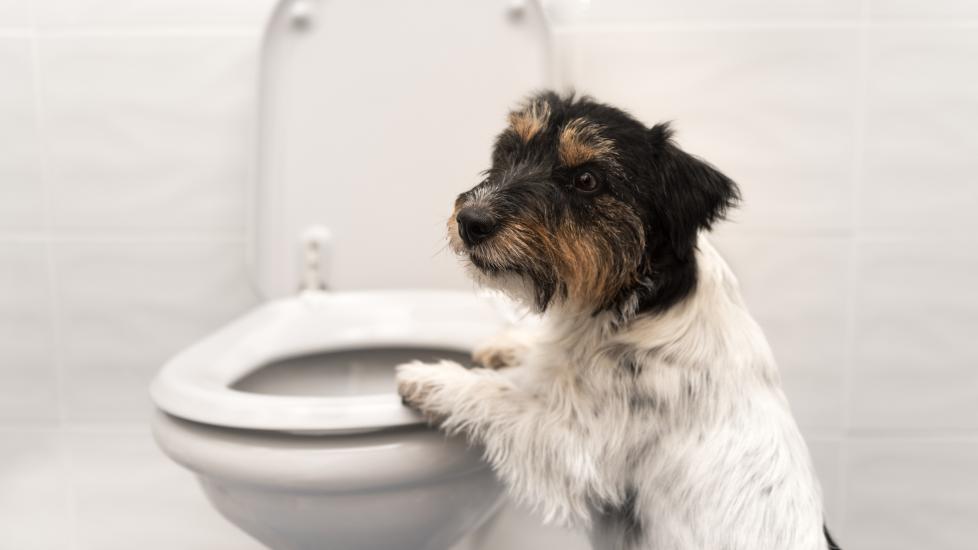In the bustling world of pet ownership, one common question arises: is toilet water safe for our beloved furry friends to drink from? It’s a perplexing conundrum that has puzzled many an animal lover. After all, what could be more tempting than the crystal-clear, refreshing H2O swirling within those porcelain depths? But before you let your curious canine or inquisitive feline take a sip, it’s crucial to understand the potential risks and benefits associated with this unconventional hydration source. Let’s dive into the murky waters together!
Firstly, we must acknowledge that pets are indeed attracted to the contents of toilets, often due to their sensitivity to scents and taste. The chlorine present in tap water may sometimes be off-putting to animals, while the recycled nature of toilet water can intrigue them. However, despite its appeal, there are several reasons why toilet water should not be considered as a primary drinking source for pets.
One major concern revolves around hygiene. Toilets are designed for human waste disposal, which means they harbor bacteria, viruses, and other pathogens that can be harmful to both humans and animals alike. Even if the bowl appears clean, invisible microorganisms may still lurk beneath the surface, waiting to wreak havoc on your pet’s delicate digestive system. Additionally, certain cleaning agents used to sanitize toilets can contain harsh chemicals that can cause stomach upset or even poisoning when ingested by pets.
Moreover, the pH balance of toilet water is another critical factor to consider. Human urine alters the acidity levels of the water, making it unsuitable for consumption by most pets. Furthermore, the water in the tank may have been stagnant for hours, possibly leading to bacterial growth or the formation of algae, neither of which would do your pet any favors.
Despite these concerns, some argue that occasional sips from the loo won’t harm a healthy adult pet. However, it’s important to remember that individual health conditions and immune systems vary greatly among different species and individuals. Younger or immunocompromised pets might be particularly susceptible to illness after exposure to such contaminants. Therefore, it’s best to err on the side of caution and discourage this behavior altogether.
So how can responsible pet owners ensure their companions stay hydrated without resorting to toilet water? Simple! Provide plenty of fresh, clean water in multiple locations throughout your home. This increases accessibility and encourages regular fluid intake, which is essential for maintaining good health. Remember to change the water daily and keep the bowls clean to prevent bacterial buildup. For cats especially, consider adding a fountain or running water source, as they find moving water more enticing than a static bowl.
In conclusion, while the idea of a pet quenching its thirst at the throne might seem amusing, it’s ultimately a risky proposition. Pet parents should strive to create a safe environment where their fur babies can access clean, uncontaminated water without any hesitation. By doing so, we can help our four-legged companions live long, happy lives—flush with good health and devoid of unpleasant surprises.
